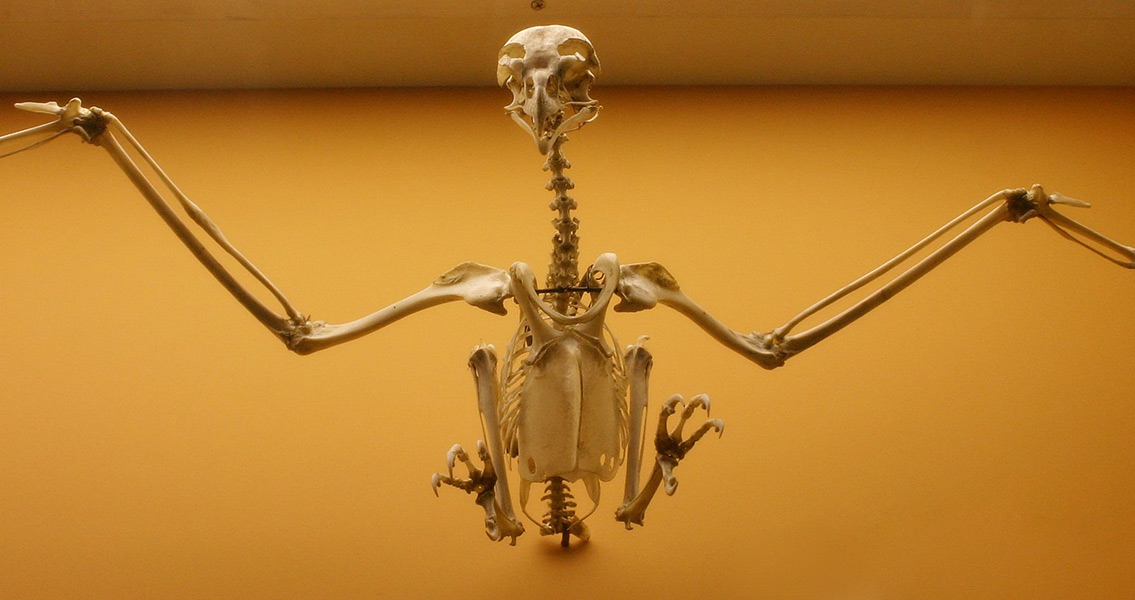<![CDATA[A team of international paleontologists have put the finishing touches on a new research study into how prehistoric birds may have been capable of flight much in the same way as modern birds, according to a recent press release from the National History Museum of Los Angeles County. Dr. Luis M. Chiappe, the director of the museum’s Dinosaur Institute, led the team of researchers in studying an incredibly well-preserved fossilized wing of a bird that lived 125 million years ago in what is today central Spain. More than just bones were preserved by the fossilization process; in this case, the prehistoric bird’s musculature survived as well, highlighting its complexity and drawing comparisons to how modern birds control their wings in mid-flight by adjusting the positions of the main feathers of the wing. Whether ancient birds were truly capable of flight or if they simply glided through the air in a more crude fashion has been a point of contention for paleontologists for decades. Some scientists have claimed that these prehistoric birds were simply not developed enough on an evolutionary basis to have such fine motor control over their feathers, while others have been looking for evidence to refute that claim and prove that even ancient birds would have ruled the skies over our heads. According to Chiappe, the preserved and fossilized muscle network matches anatomically to how these networks tend to appear in living birds. This strongly suggests that, like present birds, there were at least some ancient bird species that had the capability to fly in ways that mimicked their modern descendants. Chiappe’s colleague and research paper co-author Guillermo Navalón, a doctoral candidate from the University of Bristol in the UK, was quoted in the press release, remarking that it was quite surprising indeed that these more primitive bird species had soft anatomy structures that were strikingly similar to modern birds, despite having serious differences in skeletal development. However, much remains unclear as to how these prehistoric birds actually flew. Chiappe stated that the newly-discovered bird fossil provides scientists insight into bird wing anatomy at the time of dinosaurs roaming the earth. Additional fossil finds such as these aid in letting scientists understand the most esoteric and hitherto unknown processes at play. It is hoped by the research team that further fossils dating to the Mesozoic era are discovered in the future that have more than just remnants of plumage. However, since this requires a unique balance of conditions in order for such a fossil to record the highly delicate muscle and tendon groups that comprise wings, it may be some time before another opportunity arises to gather more data to either refute or support the study’s hypothesis. For more information: www.nature.com ]]>
Newly Discovered Bird Fossil Points to Ancient Flight
